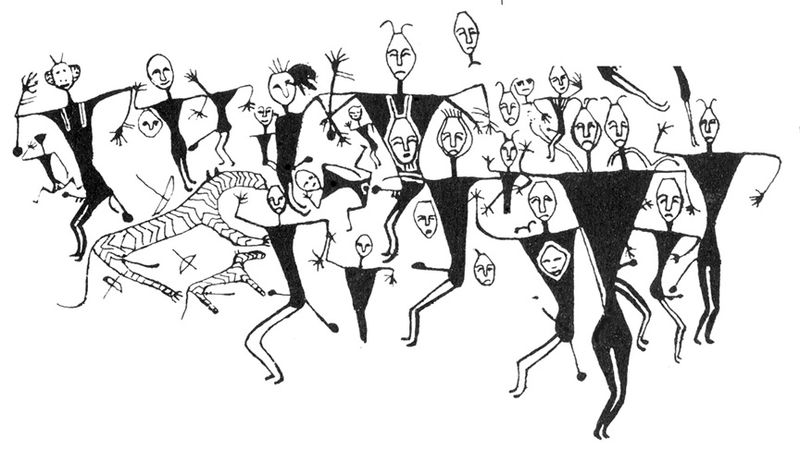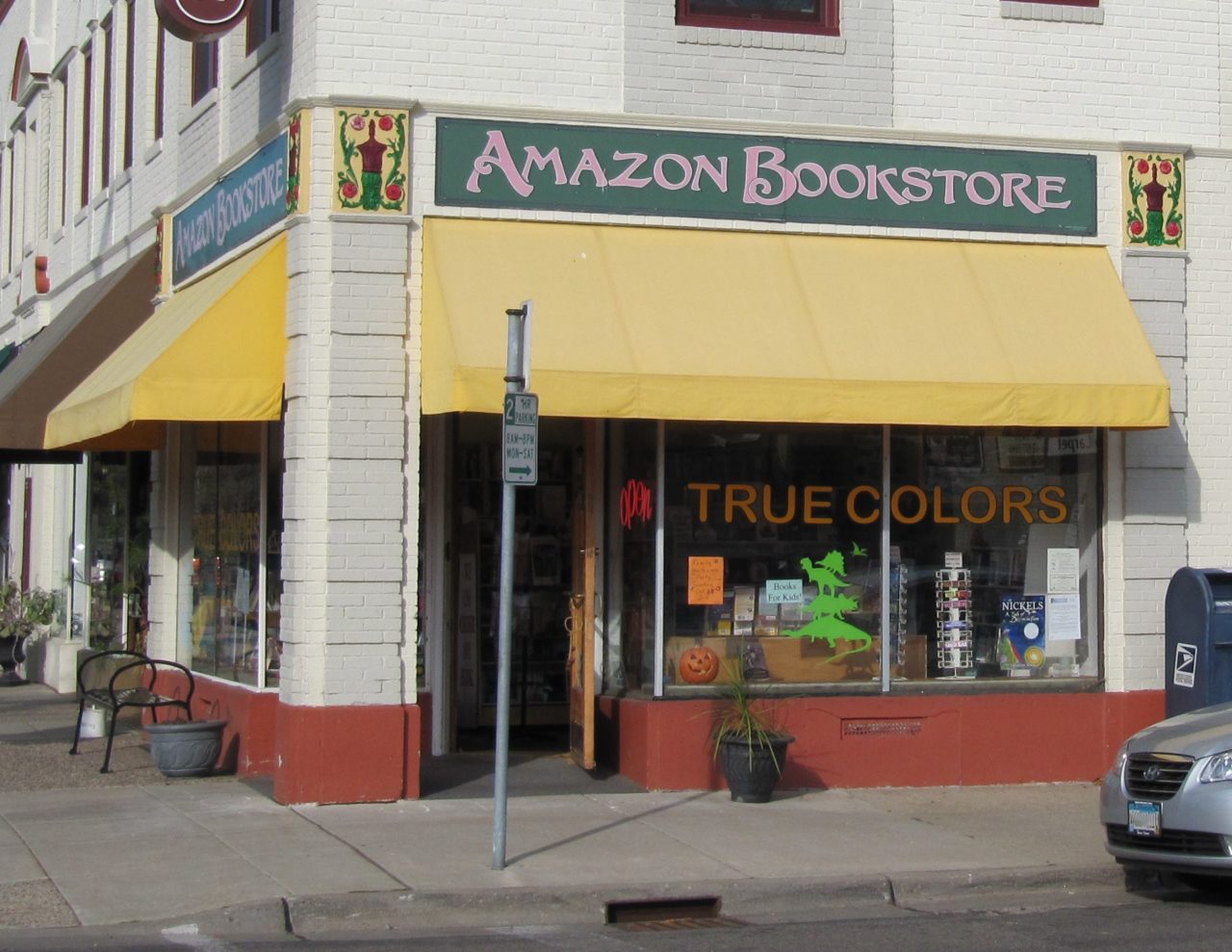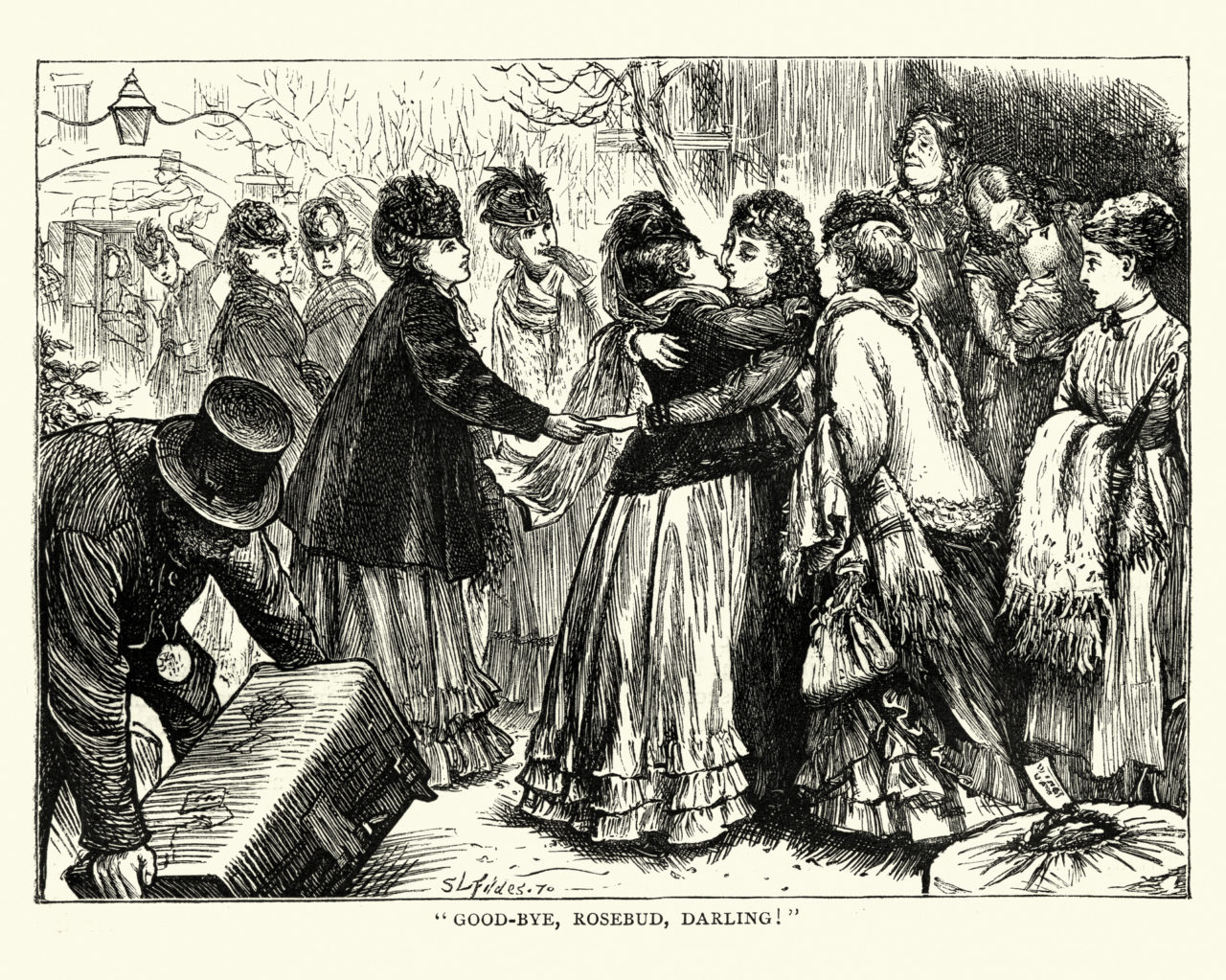I’m bored — the serious, feel-it-in-my-bones kind of bored. It’s the kind of bored where I’ve cleaned my entire apartment like five times. It’s the kind of bored where you’re so out of ideas for things to do that you just kind of stare at the wall and hope more time is passing than it seems. This level of boredom is the exact opposite of fun, and it’s even worse now that we’re all practicing social distancing and quarantining (if you’re not — you should be!).
I’m not here just to complain about being bored, though; I’m here to offer a solution. Over the past few days, I’ve discovered a cure to my mind-numbing boredom: knowledge. Now, here me out — I know learning something doesn’t necessarily sound like the most exciting thing in the world. But what about obscure knowledge? Queer knowledge? Obscure queer knowledge? Do I have your attention now?
To help you fight that boredom that gnaws at your brain from the inside out, I’ve put together a list of my favorite obscure lesbian rabbit holes to go down when I’ve got nothing else to do. It’s a win-win — queer history is long and often miscommunicated, so taking time to dig deep into our ancestors’ stories is a great way to keep our history alive while also fine-tuning your brain.
Here are some of my favorite queer rabbit holes to get lost in:
The World’s Oldest Porn Was Queer

Have you been binge-watching porn since we’ve been confined to our homes? Believe it or not, you’re watching the derivatives of queer history, babe. The Kangjiashimenji Petroglyphs, thought to be the world’s oldest porn, were found in northwest China in the late 1980s, and depict men, women, and non-gender-specific stick figures engaged in lewd positions. What makes this queer, however, is that the Petroglyphs show same-sex relations as well as straight ones. While not much is known about these images, it’s a fun trail to follow and see just how far you can dive into its history.
The Isle Of Lesbos Revolts Against The Word “Lesbian”
View this post on Instagram
There’s a difference between Lesbians — residents of the Isle of Lesbos — and lesbians — women who like women — but for the residents, that commonly-known distinction wasn’t enough. In 2008, fed up over the confusion and international use of the word, Lesbians (capital L, from Lesbos) decided to legally challenge the Homosexual and Lesbian Community of Greece’s use of the word for gay women. Before you ask, yes, this campaign was spearheaded by a man — though, many of the islands residents supported the campaign. But it is a fascinating read that will have you wishing you were sitting on the Greek Isle of Lesbos right about now.
The “Lavender Scare”
View this post on Instagram
Remember when our government decided Communists were tearing apart the fabric of our society and created the “Red Scare?” Communists weren’t the only group being targeted by Senator Joseph McCarthy in the 1950s and ‘60s — LGBTQ+ people were equally heavy targets. During this period, LGBTQ+ workers were often interrogated about their sexuality in the workplace in an attempt to out them and fire them. This period of time is referred to as the “Lavender Scare,” and was incited by anti-LGBTQ+ laws and societal views about homosexuality. There’s so much more to this story, so I highly encourage you to check out this one.
The Lavender Rhino Symbol
View this post on Instagram
Ever heard of the lavender rhino? If you’re an older queer woman who has been around and fighting since the 1970s, you probably have. The term isn’t that old, but it was news to me when I stumbled across it! During this period, lavender-colored rhinoceroses were chosen as an image to represent the queer community. It’s often reported that this animal was picked specifically because it’s a generally peaceful animal until provoked. It began popping up around the city of Boston, but the symbol quickly became an image the entire queer nation could rally around.
The Original Amazon Bookstore

Before there was Amazon dot com, there was the Amazon Bookstore Cooperative. At one point, the Minneapolis-based Amazon Bookstore Collective (ABC) was the oldest feminist bookstore in the country and it heavily serviced the LGBTQ+ community of the area. They were sued by the online Amazon at one point but survived to keep using the name. Unfortunately, due to the rise of the Internet and of rent prices, the store had to close in 2008, which left a major hole for the queer Minneapolis community.
“A lot of people are pretty grief-stricken,” Barb Weser, the former staff-owned business’ most senior employee, told The MinnPost. “Especially GLBT and transgender people, and women in general. Our customers feel like this is their place. It’s always been a community-based bookstore. For some people, it’s been their home; they felt accepted here, when there weren’t a lot of places that accepted them at all.”
The Queer Crossdressing Soldier
View this post on Instagram
Hannah Snell’s story starts with a man, but reports from her life tell us that Snell crossed paths with a fair amount of women. The 18th-century woman was abandoned by her husband while pregnant with their child. A year after being born, Snell’s daughter died, and she set off to find her missing husband. The twist? Snell stole her brother-in-law’s name and suits before she left, and after discovering her husband had been executed for murder, she decided to join the Army under her new male alias. I know it doesn’t sound queer, but get this: It’s reported she slept with a ton of women when stationed in Portugal. Plus, one account tells the tale of how a male officer asked her to hire a prostitute for him, but she just slept with the sex worker instead. Queer queen moves only!
The Oldest Living Lesbian And LGBTQ+ Rights Activist
View this post on Instagram
If you google Ruth Ellis, you’ll get a lot of results about a notorious British female murderer, but this Ruth Ellis is the total opposite. Having lived until 100-years-old, this Ellis became known as the oldest-living lesbian and LGBTQ+ rights activist. Ellis did many an amazing thing in her time — including opening her home as a community space and financially supporting community members — but my favorite thing is that she came out as a lesbian in 1915. 1915! She claims that her family was accepting, so she never had to actually come out to them, but she was able to begin living her true life in public in 1915. She’s an incredible woman in so many ways, and her history is worth a read.
Boston Marriages

Boston Marriages in general tend to be more commonly known, but just because you know what it is doesn’t mean you can’t get trapped scrolling through articles about it for hours on end. If you’re unfamiliar with the concept, “Boston Marriage” is the term for historical 19th-century households where two women lived together alone. As homosexuality was still considered taboo, the term was used to denote lesbian couples who lived together, and it was implied that they were in a relationship — though it was never said outright. Technically, scholars still debate the nature of these relationships, as they could have not been sexual in nature, but I would like to think we queer people know the truth. Oh, and the term “Boston Marriage” doesn’t refer to the city in Massachusetts — you’ll just have to explore to find out the truth.

What Do You Think?